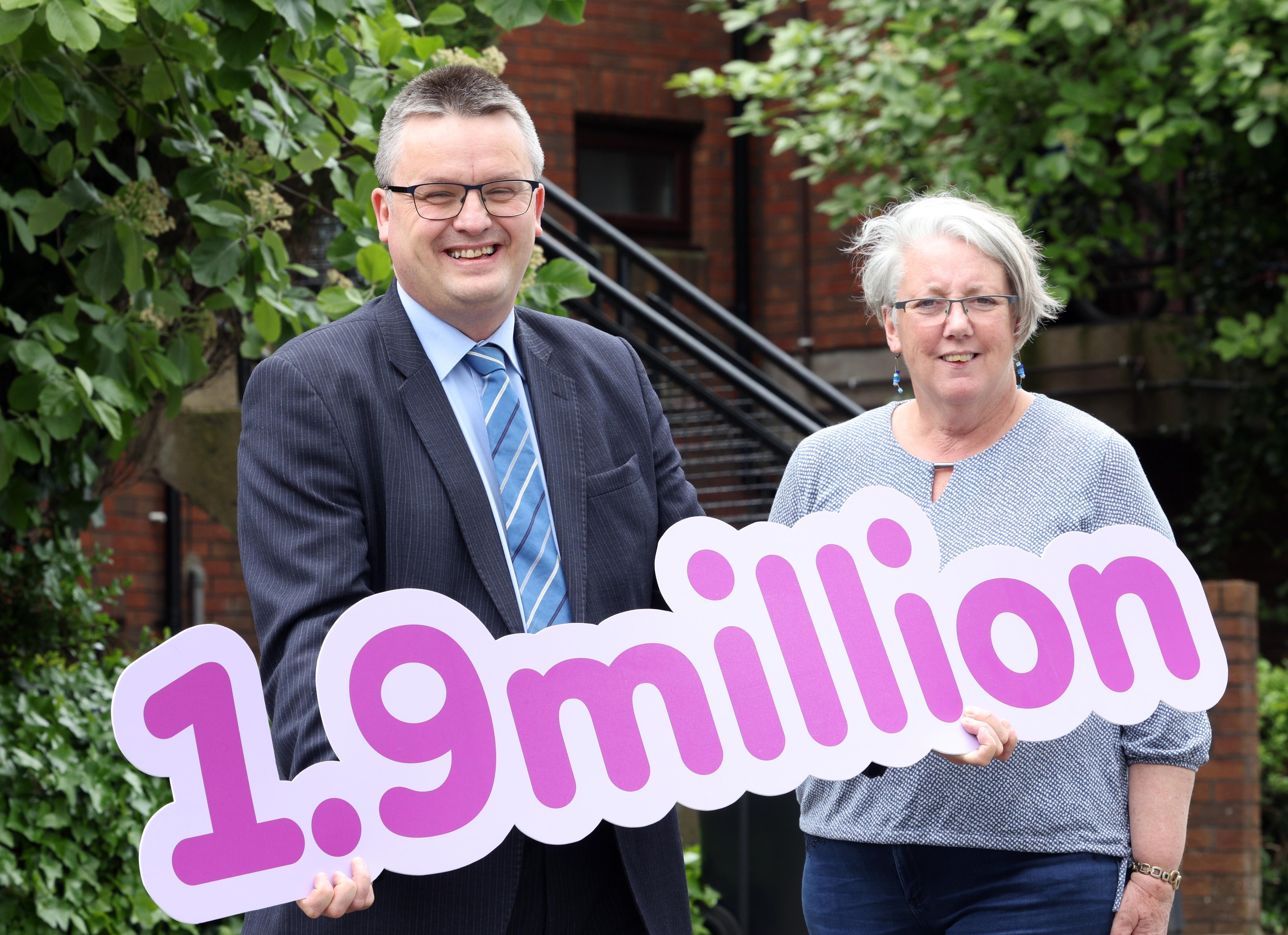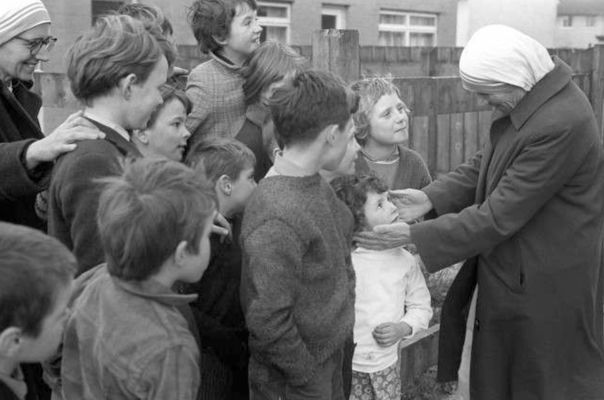THE number of people aged over 65 living in the North is set to be larger than the number of people under the age of 14 by 2027 according to the first set of data released following the 2021 census.
The data shows that the current population of the North sits around 1.903 million which is an increase of five per cent on the 2011 census and the largest population ever recorded in the North of Ireland. This also represents a rise in population of 26 per cent since the 1961 census.
While it is anticipated that the population of the North will eventually reach the 2 million mark, this is not expected to be the case until after the 2031 census.
Breaking the figures down by gender, we can see a record of 967,000 females and 936,000 males.
The number of males in the North outnumber females until the age of 25, where the number of females subsequently outnumber their male counterparts.
Population increase was greatest in the older age groups. The number of people aged 65 or more rose by over 60,000 to nearly one-third of a million people – a near 25 per cent increase on 2011.
This demonstrates the scale of population change due to ageing. This looks set to continue as the ‘baby boom’ generation of the 1950s and 1960s reach retirement age.

In contrast, and in line with the recent falling birth rate, the number of young children (aged 0 to 4) decreased by nine per cent from the last Census.
The 2021 Census saw a completion rate of 97 per cent. Over 80 per cent of responses were recorded online which demonstrates increasing technological awareness among our older population.
When it came to the number of households recorded, Census 2021 recorded 769,000 occupied households – again the highest ever. This was 65,000 or nine per cent more households than the 2011 Census.
While this is only the first set of data to be released from the Census, figures around the ethnicity, religion and sexual orientation of the population will be published later in the year.
Commenting on today’s release, The Registrar General Siobhán Carey said: “I would like to thank the public for their support last year. The statistics released today help us to understand our society in terms of ageing and household structure.
“The data will inform decisions on public policy for years to come. More census statistics on local areas and equality factors such as ethnicity, religion and sexual orientation will be published this Autumn.”








